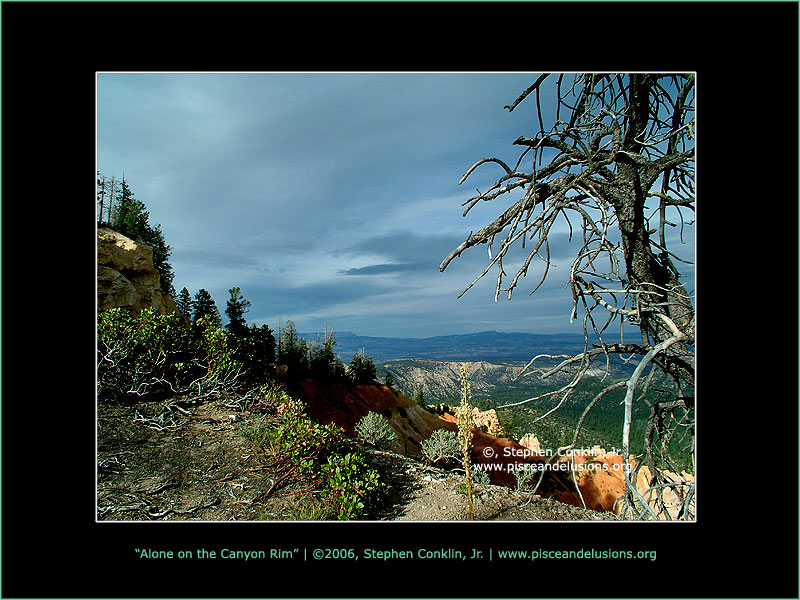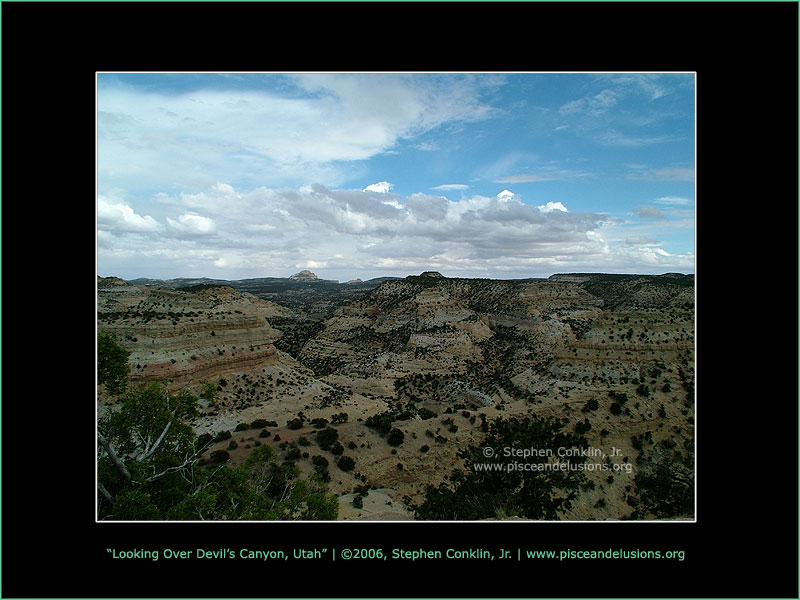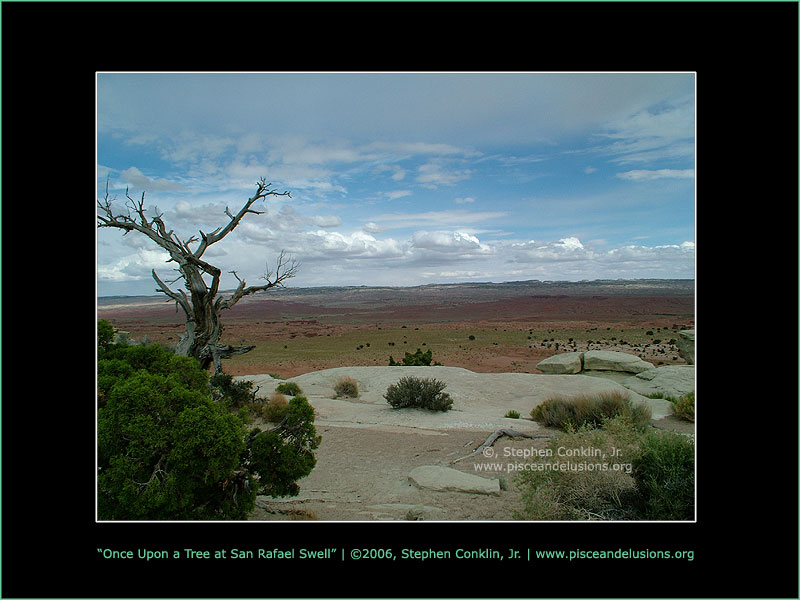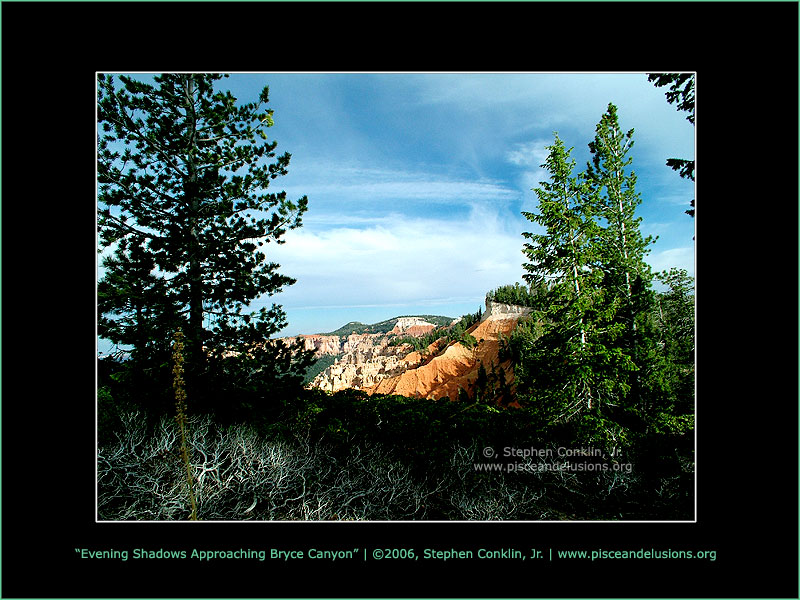
Interpretations - Sacred Knowledge - Native American Indians - Northwest Culture
The Northwest Indian Culture The Northwest Indian Culture was in what is today the states of Washington, Oregon, and northern California. Many small tribes such as the the Makah, the Chinook, and the Tillamook lived in this culture area. The tribes in this culture were much smaller than the other cultures. The Northwest Culture depended on the forests for their shelter. Every home was made of wood, and the whole village pointed toward the water, whether it was a river, a quiet bay, or the ocean. Along the beach were the canoes, covered with bark matting or branches to protect them from the weather. In the back of the house were wooden racks that dried fish, wooden sheds for smoking fish, and storage sheds. The homes themselves were quite large. They were built for more than one family. There is evidence of houses that were over 1,000 feet long--big enough for the whole village. The houses were built with frames of large trees. These were then covered with wooden planks that overlapped to keep out the wet weather. There were no windows, but there was a hole in the roof that let in air. Outside of each home was a totem pole. A totem pole was a tall, carved cedar log painted and decorated. The totem pole of a family might have animals, birds, and religious spirits carved on them. The totem pole told a story of the history of the family. You could tell a family's importance by looking at their totem pole. Another way a family showed its importance was to have a potlatch. A potlatch was a "party" given by important members of the village. But instead of the guests bringing gifts to the family, the family gave gifts to the guests. Sometimes the family would give away almost everything they owned. The potlatch was a way of showing off their wealth and importance. The inside of the house also had carved posts if the family was an important one. In the middle of the home was a kind of sunken living room. In the center was the fire pit. This part of the house was used for cooking and gathering. The inside had rods and curtains for privacy. The most important member of the household lived in the room farthest back. Fishing was very important to this culture of Indians. The most important time of the year was the spring. This is when the "salmon run" began. As the salmon left the ocean and began their swim up stream to lay eggs, men and women from all over the area gathered along the riverbanks to trap the salmon. The first salmon caught was a special salmon. It was taken to the person in charge of the ceremony. It was pointed with its head a certain way to tell the other salmon which way to travel. They believed if they did not do this, the salmon would not return the next year. The Indians would put a wooden trap with small holes across the stream or river. This would allow the water to flow through, but would trap the salmon. Then they would spear the salmon. The women had the job of cutting it up and drying it. The women would then remove the head, tails, and fins, and slit the belly open. They would then gut the fish with a bone knife and hang the fish on a drying frame. The oil from the salmon was very important. The salmon would be left to rot for several days. Then it was thrown into a canoe half buried in the sand. The canoe was filled half full with water and heated rocks were thrown into the water in the canoe. When the water was boiling, the oil from the salmon would float on top of the water. The women would then skim it off and let it cool. This oil was used for cooking, seasoning, and medicine. The Makah were a tribe of Northwest Indians. They lived in what is now the state of Washington. They were great whale hunters. The Makah hunted whales in a canoe. This was very dangerous because the whale might turn and cause the canoe to tip over or break the canoe in half. The harpooner stood in the front of the canoe. He always talked to the whale. He promised the whale that if it let itself be killed, it would be rewarded in the village with singing and dancing. After the harpooner had promised the whale these things, he raised his harpoon and threw it into the side of the whale. There was a rope tied to the end of the harpoon. All the men held on tightly. Eventually the whale would tire and stop fighting. Then it was harpooned until it died. Every part of the whale was used. The skin and meat were eaten, the blubber , or fat, was used for oil, and the tendons were used to make rope. The Makah kept their promise. When the whale was brought to the village there was much celebrating!
"Alone on the Canyon Rim" | ©2006, Stephen Conklin, Jr. view larger size | order online
"Looking Over Devil's Canyon, Utah" | ©2006, Stephen Conklin, Jr. view larger size | order online
"Once Upon a Tree at San Rafael Swell" | ©2006, Stephen Conklin, Jr. view larger size | order online
"Evening Shadows Approaching Bryce Canyon" | ©2006, Stephen Conklin, Jr. view larger size | order online
|
||||||||||
©2002-2024, ~piscean ♓ delusions | page updated 10-8-2010, 1:41 pm |
| store |
art & design
|
| photo gallery |
| image gallery |
| video gallery |
| website gallery |
about pisces |
| pisces traits |
| pisces profile |
| pisces astrochart |
| pisces ruling house |
| pisces ruling planet |
| pisces quality |
| pisces element |
interpretations |
| sacred knowledge |
| mystical places |
| spiritual elements |
| further resources |
everything else |
| about this website |
| other website links |
| videogame break |
| guestbook |
| contact |





